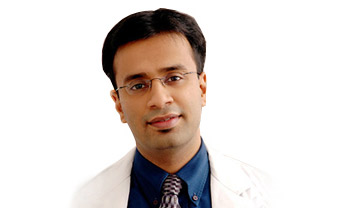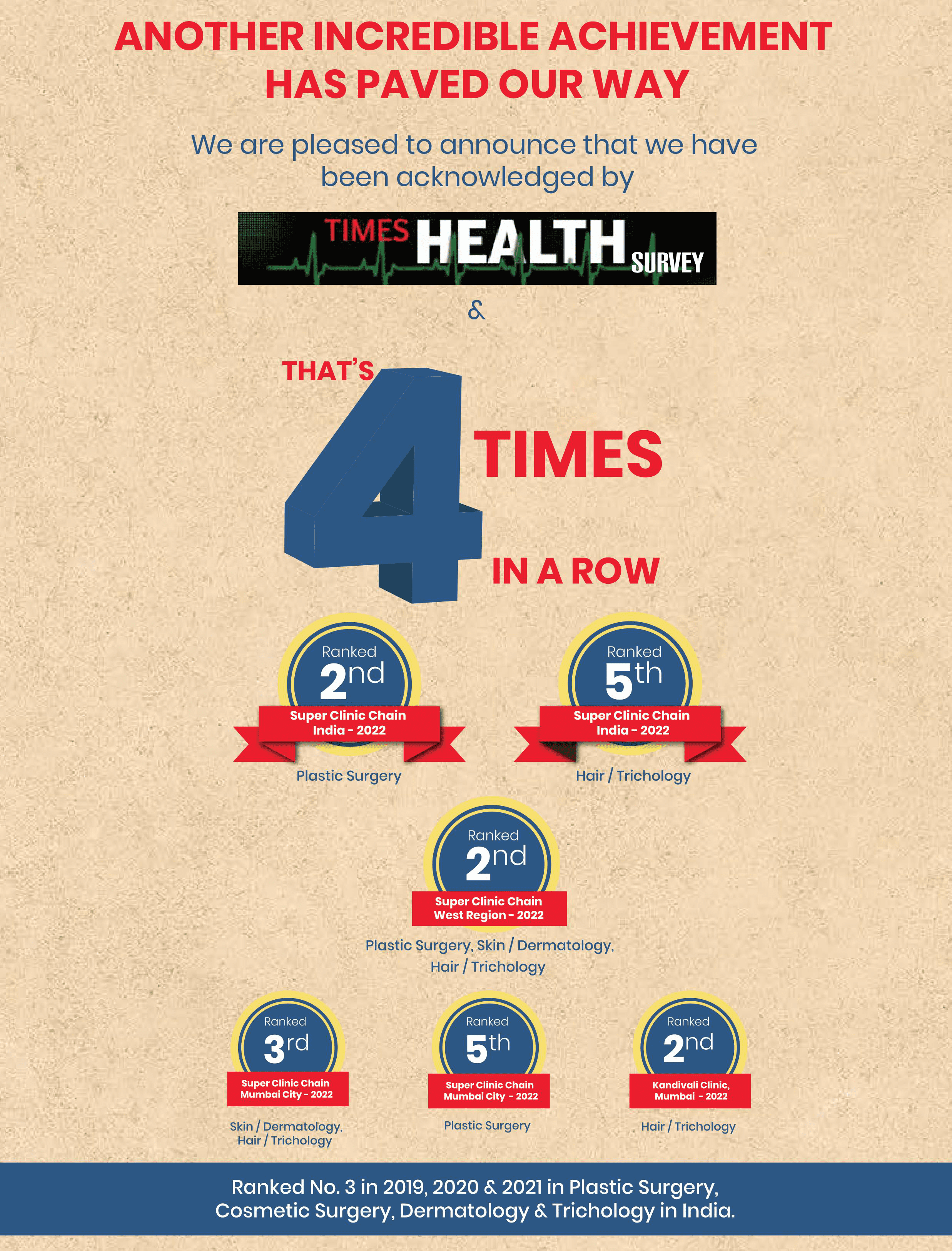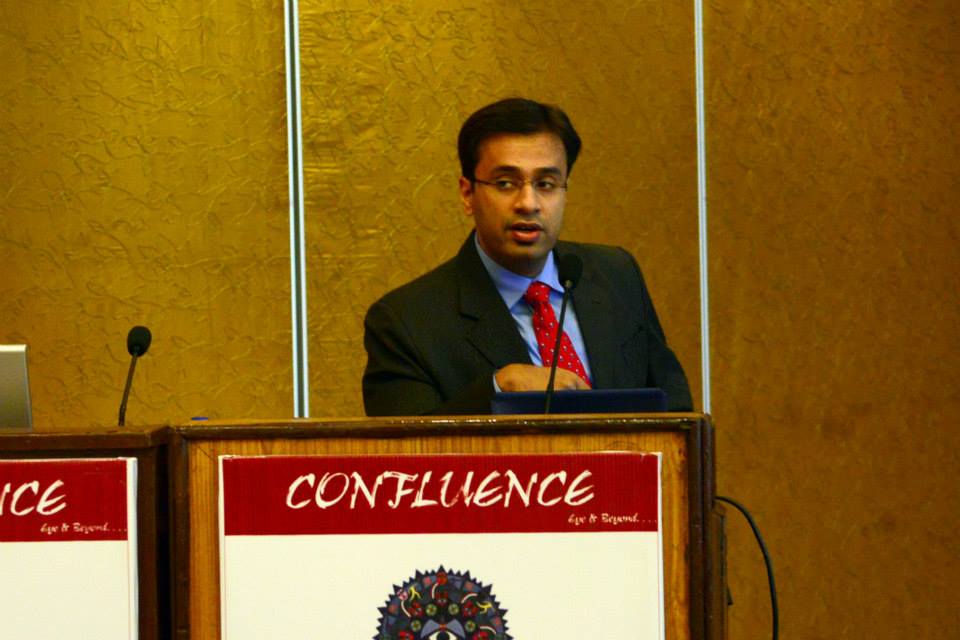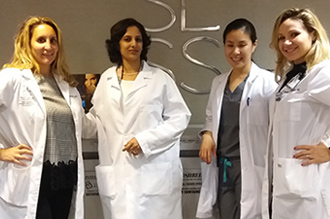The human body can be likened to a machine with several intricate parts that are meant to perform specific tasks to drive the system and sustain functional fittingness. Nonetheless, in a scenario where functionality is lost or reduced, a repair may become inevitable. Streamlining our discussion to the dental space, we look at how pterygoid implants are now being used to restore both functional and aesthetic values in many persons with permanently missing teeth. In certain cases – particularly among the elderlies – such losses can negatively affect mastication and also cause occlusal trauma among other dental problems. It is quite interesting to note that the rate of success linked to the use of pterygoid implants for rehabilitation is over 90%. By the way, the pterygoid process is a bone of the palate that projects from the cranial base.
The adoption of pterygoid implants for rehabilitation is straightforward and effective as it does not require any other reinforcement protocols. More so, this minimizes bone loss since the implants can be anchored on a residual bone. The challenges posed by factors such as low quality and quantity of the bone, as well as the difficulty in accessing the surgical site when attempting to correct atrophic upper jawbone are considerably taken out of the way with the emergence of pterygoid implants.
The advantages that are realized from using pterygoid implants for rehabilitation of atrophic upper jawbone is quite enormous, and these must have been the reason behind its continual rising popularity and acceptance. So, let us quickly look at some of these benefits:
You may need a pterygoid implant surgery if:
It is safe to emphasize that most of the time used in ensuring the success of pterygoid implants for rehabilitation of atrophic upper jawbone is spent in the planning stage. This is evidenced by the fact that the (maxillofacial) surgeon – do note that this can also be done by a plastic surgeon – has to make thorough planning towards having a smooth running in the operating room.
To begin with, the surgeon will go through the patient’s medical history before proceeding to conduct other examinations. He/she will ensure that the patient undergoes orthopantomogram – a radiographic examination – and maybe the cone-beam computed tomography. Thereafter, he/she will prudently review the result, and even go, at length, to explain some of the elements that are visible in the scan(s). In this wise, the surgeon starts preparing the patient for what to expect during the surgery. Intimating the patient on the steps involved in the procedure, as well as pointing out the potential complications is a critical aspect that any surgeon [or clinic] should not overlook. The patient can ask the surgeon questions – in relation to the procedure – if anything is bothering him/her during this appointment. After the date of the appointment has been fixed, the patient will be given further instructions – for instance, on the need to desist from taking any food four hours before the operation.
Pterygoid Implants for Rehabilitation: The Surgery
The surgical procedure to fix atrophic upper jawbone with pterygoid is a less invasive one, and it is usually done under local anaesthesia – general anaesthesia may be applied in some cases. The surgeon will make a full-thickness incision on the crest that is without teeth, ensuring that this (incision) is at extreme posterior to the tuberosity of the upper jawbone, and he/she will then raise the flap to access and identify the pterygomaxillary fissure. The spot where the (pterygoid) implant will be fixed is now prepared with the surgeon making markings on the alveolar ridge. He/she will then proceed to make a drill that will highlight the initial direction of the implant. The enlargement of the insertion spot will then be achieved with the surgeon making series of drills. The pterygoid implants are then fixed in varying directions to attain the predefined angle which is incumbent on the height of the tuberosity and floor of the sinus. The angle for pterygoid implants is usually between 30 – 50 degrees. The incision will then be closed using a non-dissolvable stitch. After the pterygoid implants have been inserted, the surgeon will move to the bite registration phase in order to ensure the proper orientation of the lower and upper jawbone. Thereafter, a coping transfer mechanism is carried out to guarantee the appropriate placement of the inserted implants.
The surgeon will have the patient undergo a highly specific type of radiographic examination to generate a comprehensive evaluation of the maxillofacial region.
A few complications have been reported from interventions wherein pterygoid implants for rehabilitation are used. Some of these complications include:
It is equally important to take specific steps after the insertion of the pterygoid implants for rehabilitation of the atrophic jawbone. Medications including antibiotics, pain relievers, and corticosteroids are usually prescribed for people who had undergone this surgery. Also, the surgeon will give you a recommendation on the type of mouthwash you should use in cleaning your mouth. The surgeon will remove the stitch after one week and conduct some check-ups to see the state of recovery. A follow-up routine may thereafter be fixed. You will be advised to feed on soft foods for the first one week after surgery, and you should also take a lot of clear fluids. you should be able to optimally use your teeth about 8 weeks after the implantation.
Finding a top clinic nearby for pterygoid implants for rehabilitation of an atrophic jawbone? You need not look further than The Esthetic Clinics where we have the best hands to address your concerns. Our surgeons have an appreciable knowledge of the anatomy of the maxillofacial region – which is just about what is required to run successful pterygoid implantation. More so, with an internationally acclaimed cosmetic surgeon, Dr. Debraj Shome, around, you can be sure that your pterygoid implants will not only be made to restore functional integrity but also finished with commendable aesthetic appeal – a smile will definitely look good on you as we provide the perfect solution to your concern. Our surgeons are highly professional, and our facilities are primed to ensure a hitch-free protocol.
The number of implants that a patient requires remains one of the major determining factors in deciding the cost for pterygoid implants for rehabilitation. Besides this, you will also have to consider the surgeon fee along with the service charge for consultation. Other factors that might influence the cost of doing a pterygoid implant surgery include the type of anaesthesia to be used, clinical/radiographic examinations, and prescriptions.


Dr. Debraj Shome is Director and Co founder of The Esthetic Clinics. He has been rated amongst the top surgeons in India by multiple agencies. The Esthetic Clinics patients include many international and national celebrities who prefer to opt for facial cosmetic surgery and facial plastic surgery in Mumbai because The Esthetic Clinics has its headquarters there.






